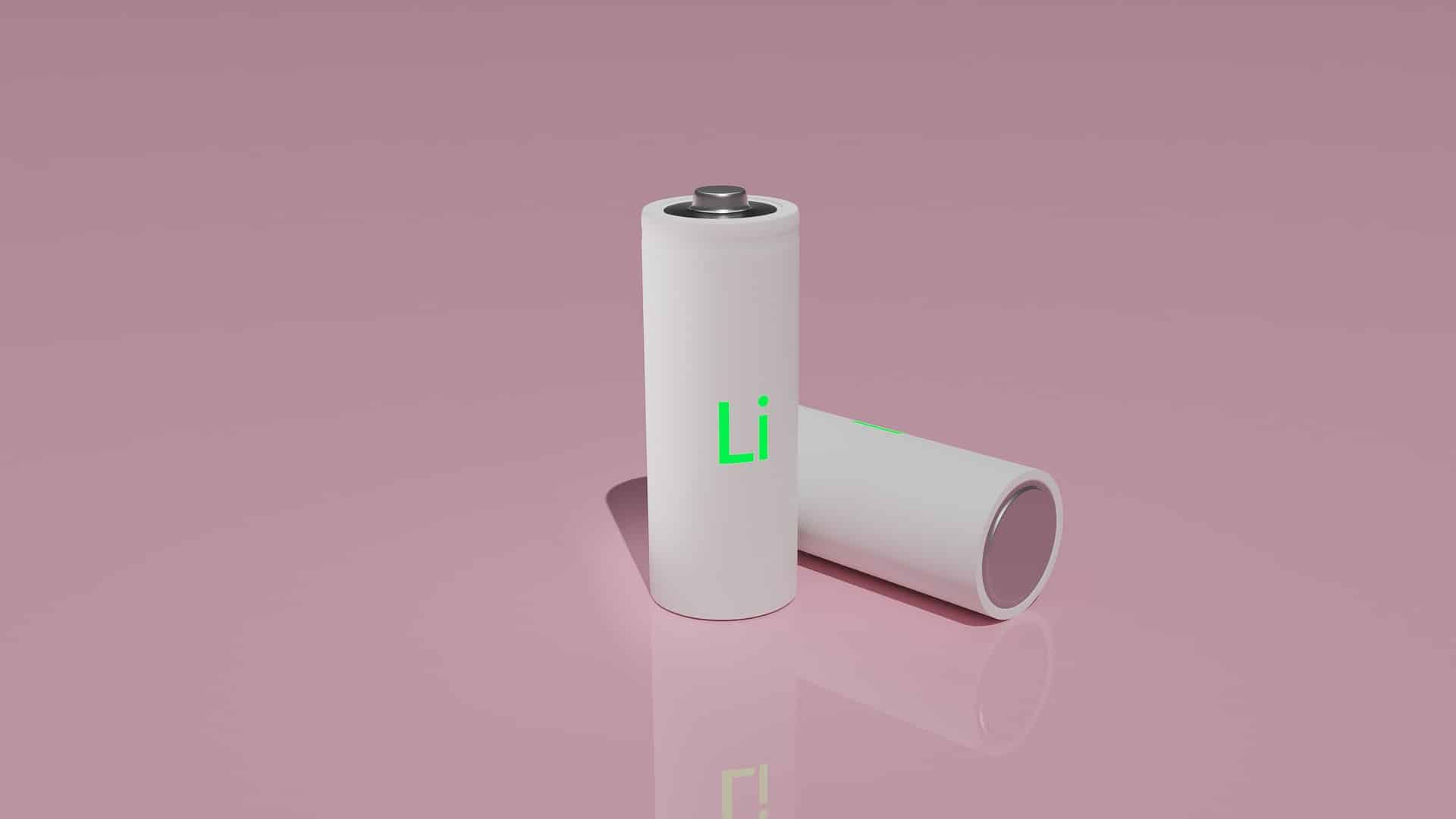
I leave you the list of Vaclav Smil's innovations that are close at hand (or almost), and that can help save the Planet.
The fight against climate change, the energy crisis, the growing need for food to feed a growing world population... In short, the fight to save the planet and humanity does not need impossible revolutions and science fiction inventions. In any case, you need a dozen innovations, which are already within our reach today. Or if they aren't yet, they almost almost will be.
Vaclav Smil, ideas that can change the world
The path was laid out by the environmentalist Vaclav smil, researcher at the University of Manitoba, in Canada, author of the book "Invention and Innovation: A Brief History of Hype and Failure", in which, distrusting those who promise extraordinary and unattainable inventions, he said his "wish list" to save the world, keeping his feet anchored to reality. He has written more than 40 books and close to 500 articles on energy, environment and technology.. In 2010 he was named one of the Top 100 Global Thinkers by Foreign Policy magazine and in 2014 he became a member of the Order of Canada. For Einaudi he published The numbers don't lie. Short stories to understand the world (2021 and 2023) and How the world really works. Energy, food, environment, raw materials: answers from science (2023)
“The main novelties, in my opinion – he explains – refer to a series of issues that we must urgently address. They focus on areas that will have the greatest impact on human well-being and the environment and where there is already a wealth of knowledge to build on.”

What do you really need right now?
Get rid of fossil fuels for transport and for this you need super-batteries, more efficient to store enough electricity for the means of transport: lithium ion batteriesUsed today to power electric cars, cell phones, laptops, and other portable electronic devices, they are currently your best choice. The best type on the market has an energy density of 755 Wh/l, and meanwhile, Californian Amprius Technologies is developing a new generation of lithium batteries capable of storing 1150 Wh/l.
Why are lithium ion batteries used more and more?
Let's take the lithium ion batteries of electric bicycles as an example:
LITHIUM ION (Li-Ion) batteries are now the most widely used technology in the world of electric bicycles since, thanks to their power-to-weight ratio, can travel long distances on a single recharge, reducing by 60% the weight of classic lead batteries.
They have a very low self-discharge and do not have the so-called "memory effect" due to frequent recharging. The internal control unit (BMS) manages the voltage of each individual cell in both the discharge and charge phases, so as not to damage the entire battery pack.
Tug of war between energies
And yet, despite the improvements, the energy density of batteries remains well below that of the liquid fuels that still dominate transportation: gasoline reaches 9600 Wh/l, jet kerosene 10.300 Wh/l. diesel i 10.700 Wh/l. Therefore, it should be possible to bridge the gap between the energy density of batteries and fossil fuels.
Over the past 50 years, the maximum energy density of batteries in use has increased fivefold. If we maintain this rate for the next 50 years, we will reach 3750 Wh/l. A result that would facilitate heavy transport by road and sea with electric vehicles and which, however, would still be insufficient to power an electric-powered Boeing 787.

The power of legumes
As for agriculture, if you want it to be sustainable, the challenge is no less. It is an activity with a very high impact due to water consumption, land use and the release of polluting nitrogenous fertilizers. A key innovation, according to Smil, would be the ability to develop plants that do not need chemical fertilizers (in 2020, agricultural land received 113 million tons, 40% more than in 2000): they are plants capable of absorbing nitrates naturally as legumes do, which take advantage of symbiotic microorganisms attached to the roots. The key would be isolating legume genes that allow nitrogen fixation and transferring them to cereal and vegetable plants.
productive photosynthesis
We also need more productive photosynthesis - plants are really inefficient at converting solar energy into biomass. Only half of the solar radiation that reaches a plant can be used in photosynthesis itself., a percentage that drops to 44% after subtracting the light reflected by the leaves. Step by step, in the end it is estimated that only 4,5% of solar energy is converted into carbohydrates.
Therefore, even a relatively small improvement would make a big difference in crop yields and, consequently, in the global availability of food to adequately feed a population that could reach 10.000 billion by 2050. Therefore, the research should work for improve the biomass synthesis process, for example, by identifying the genes that make roots more efficient at collecting water and nutrients, and then incorporating them into the DNA of all plants considered of interest. It would also be necessary to select plants with higher yields and faster growth.
The illusion of Vaclav Smil and self-cleaning photovoltaic systems
Renewable theme, within everyone's reach. Smil thinks of self-cleaning photovoltaic systems, that can be applied as paint on walls and as glass in the windows of buildings. Photovoltaic systems, which convert solar energy into electricity, can be installed in any sunny location. The most advanced versions maintain their performance for at least 20 years.
The ideal would therefore be to carpet the cities with these systems, ddispose of photovoltaic coatings to apply in any urban surface, to introduce the electricity produced in the local networks. Naturally, it's game play if these liners are also self-cleaning, so they stay functional over time.
We are getting closer to Vaclav Smil's dream: solar windows that generate electricity are already on the market. A symbolic example is the Pilkington company, which produces self-cleaning windows whose photocatalytic coatings react with sunlight to break up and dissolve dirt. The next step will be to make these materials affordable and adaptable, within everyone's reach.
The beginnings of photovoltaic glass…
La history of photovoltaic glass began three years ago, when the research team from the Department of Materials Science at the University of Milano-Bicocca he succeeded in an undertaking that to many might seem like science fiction. The team heralded the arrival of photovoltaic glass, capable of produce electricity through light .
This type of solar system can be seamlessly integrated into the architecture of large buildings and beyond. The difference with plain glass lies in the addition of optically active materials , nanospheres that absorb light and re-emit it as energy. The plates are inserted into a triple layer double glazing and guarantee the thermo-acoustic insulation and the protection of the photovoltaic device from the surrounding environment.

What are the advantages of photovoltaic windows?
The Windows with glass PV design offer several advantages, in fact, they are structures quite stable, without any negative impact on resistance. In addition, they do not excessively reduce the natural radiation of the home, since they guarantee up to 80% transparency. On the contrary, they ensure a fairly high performance, they are made with Ecological materials, have a low cost and allow greater energy savings in your home.
What are the disadvantages of photovoltaic glass?
Like any product, photovoltaic glass also has its drawbacks. The latter can be seen in terms of efficiency , in fact a traditional photovoltaic system can be oriented and tilted according to solar radiation. Photovoltaic windows, however, always stand upright and this position reduces energy production compared to a classic panel system.
real green plastics
We also need a truly “green” plastic. The world production of plastics is close to 400 million tons a year, almost all of which ends up in landfills. Only a minority part is recycled and for this, Smil observes, it would be necessary to produce truly biodegradable plastic on an industrial scale and with low-cost processes, for example, made from waste materials or produced by microorganisms.
planetary fever
Against planetary fever - adds the scholar - it is not ruled out that, one day, we will have to resort to a "giant sunshade", applied in space and capable of diverting between 1 and 2% of sunlight. This barrier would have to be parked about 1,5 million kilometers away, at the point between the Sun and Earth where their gravitational forces cancel each other out for the structure to remain in a stable position. At the moment, this is a controversial and expensive prospect and Smil sees it as a "joke" to play if CO2 emissions are not reduced enough.
But that's not all for Vaclav Smil...
The urgent and possible innovations do not end here, concludes Smil. His book is intended to be a reassuring account of how technology and creativity can be decisive in resolving the great drama of the moment: climate change.